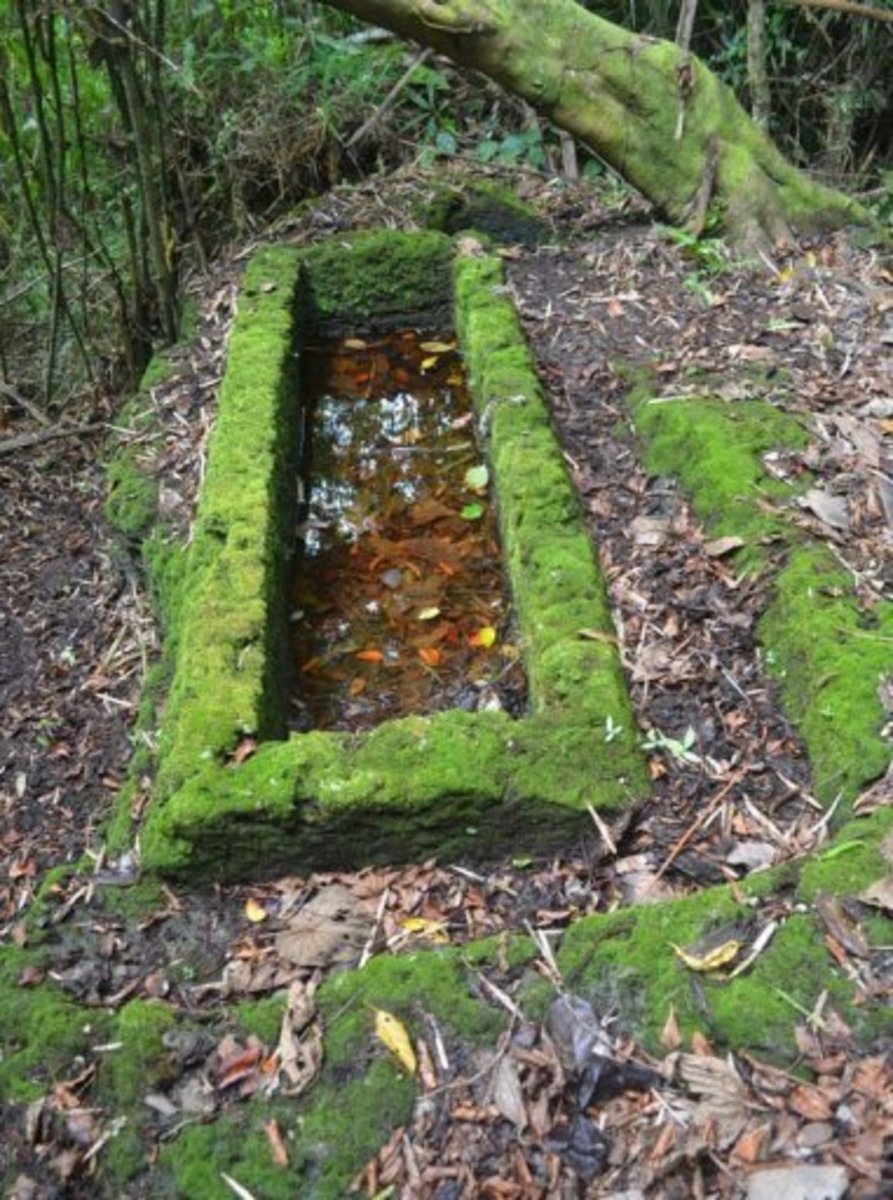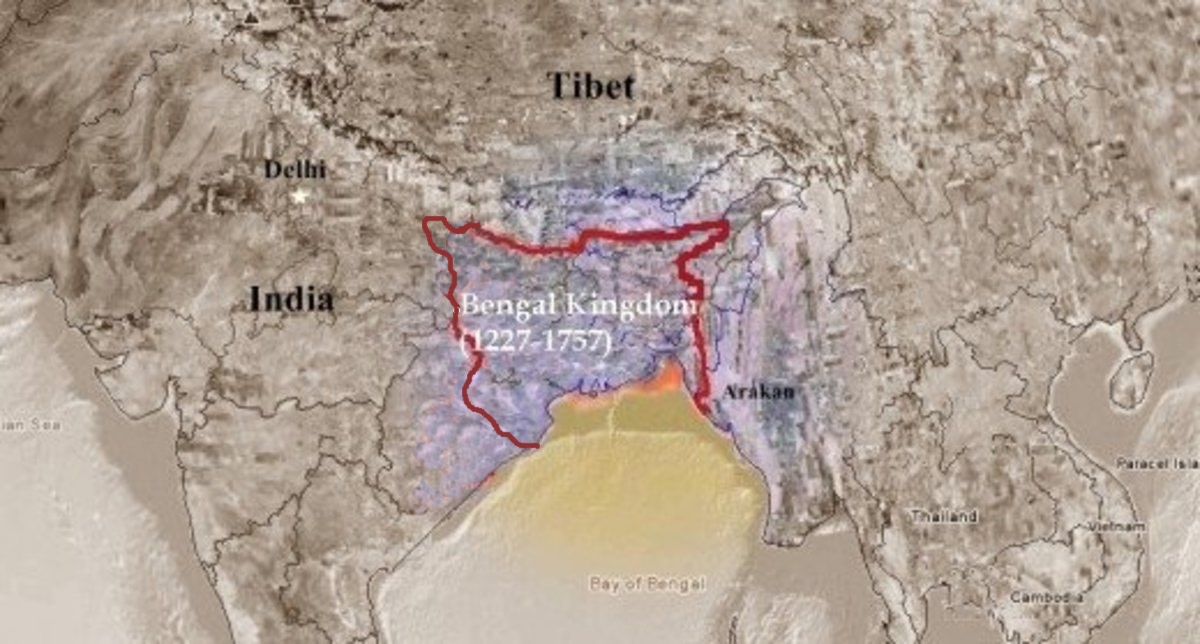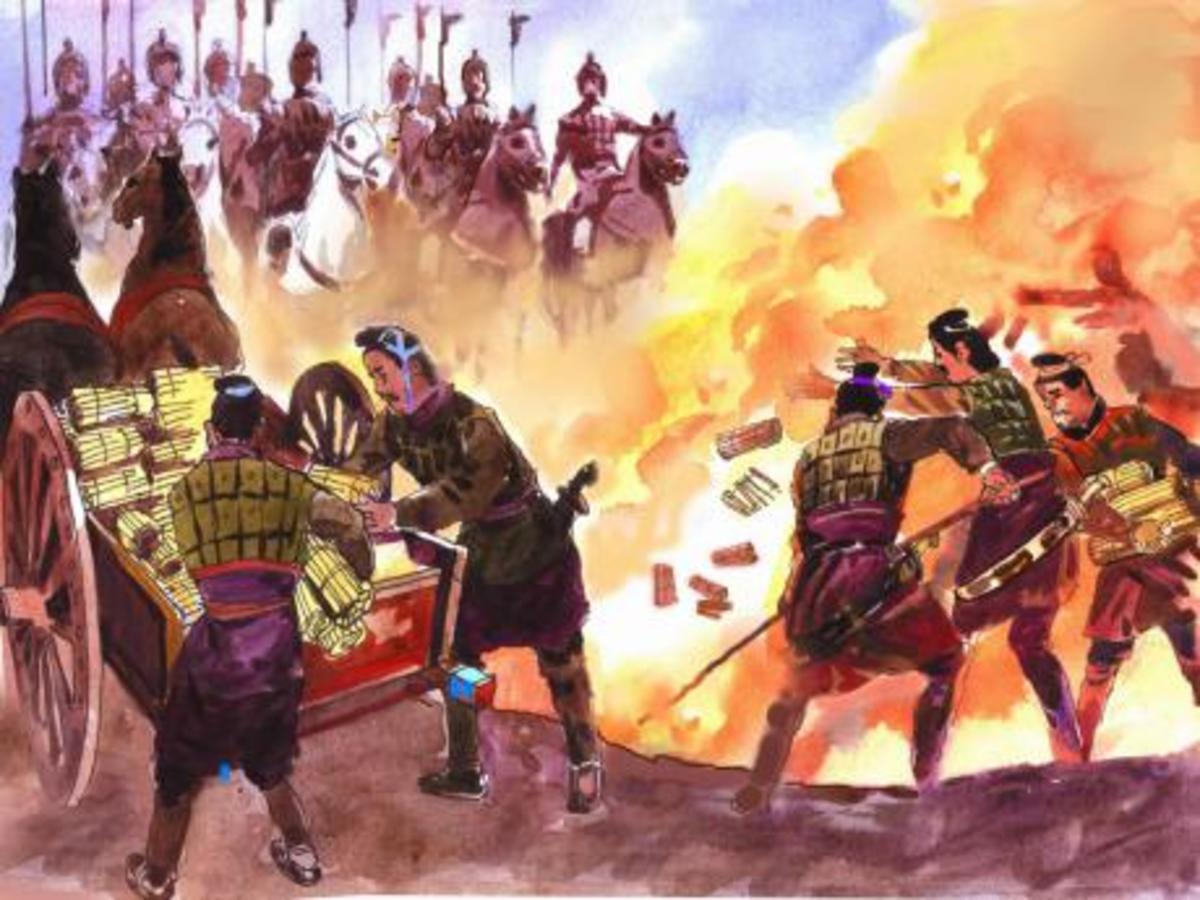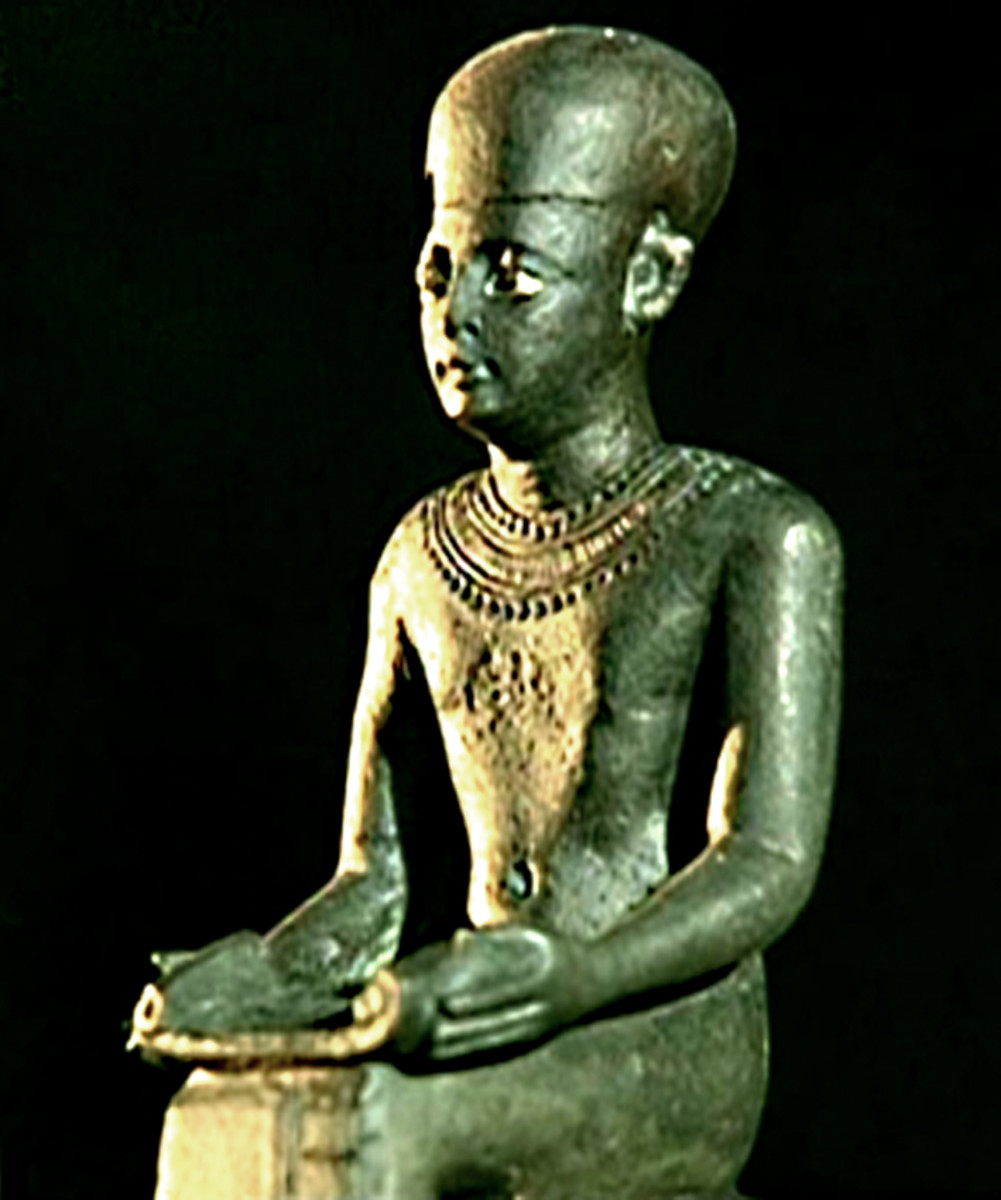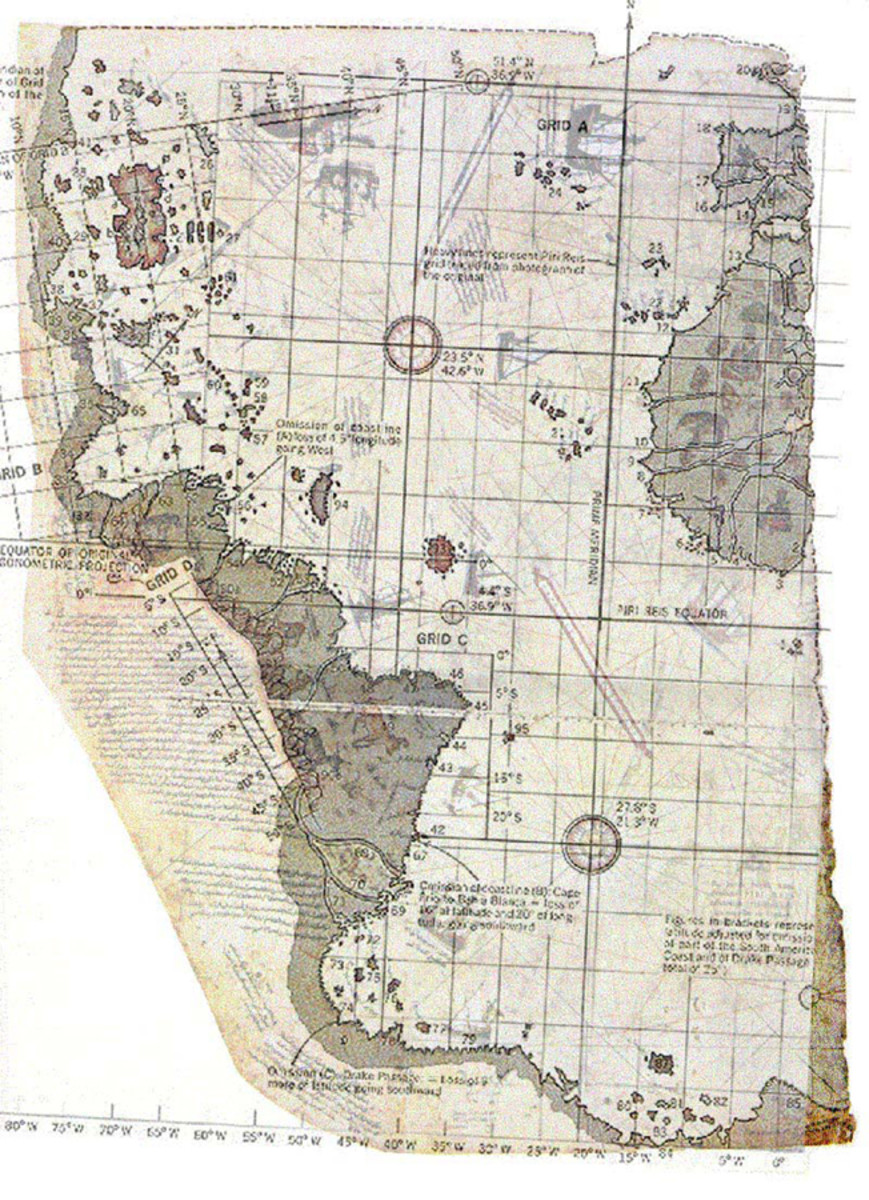ancient archaeological sites destroyed for ridiculous reasons
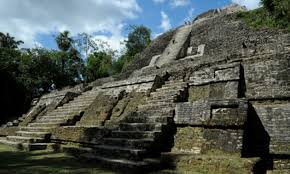
The Nohmul Pyramid Complex
The Nohmul Pyramid Complex is an ancient archaeological site located in northern Belize. The complex was built around 250 BC and consists of 81 built structures with the largest pyramid being 17 meters high.
However in May 2013 the largest pyramid of the complex was completely destroyed by local contractors leaving only its small core. Local contractors, D-Mar Construction, bulldozed the pyramid to provide small rocks and gravel to fill the road into a small village, the Douglas Village.
The company claimed that the contractors mistook the pyramid for a natural hill. Honestly how anyone mistakes a pyramid for a hill is beyond me. After they failed to convince anyone the company then claimed that the pyramid was on private property and therefore had the right to do with it whatever way they wanted.
The Belize government did not take too kindly to having several thousands’ worth of history and cultural destroyed. Since all pre-columbian sites are protected by the national government of Belize regardless of whether they are on private, public or community land; the government pursued criminal fines against the foreman, excavator and 2 of the managing directors at D-Mar Construction.
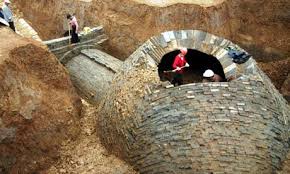
Ancient Chinese Tombs
A series of Chinese tombs was recently discovered on the eastern slope of the Da Gong Mountain. The Guangzhou Archaeology Research Center had estimated that the tombs were between 2000-3000 years old and dated back to the Shang Dynasty.
On Friday night in June 2013 construction workers who were building a subway system completely wrecked the tombs. By morning all the tombs were completely gone despite the visible red tapes and warning posts placed all around the site by the center.
A manager for the Guangzhou Metro said that that the workers were confused by the unclear signs and markings left by archaeologists and further claimed that construction had been approved by the Center. However the center later revealed that they had not cleared any construction work and that the workers acted maliciously since they even moved the tapes, signs and archaeological equipment.
To make it even worse this wasn’t the first time. A few months before this incident, the same construction company had destroyed several other tombs in the same area. They may have fooled the center once but making the same mistake twice is not just going to cut it.
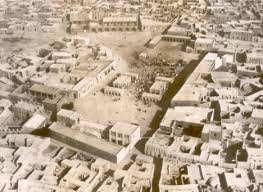
Timbuktu Shrines and Tombs
Timbuktu is a UNESCO World Heritage Site located near the Niger River, in Mali, Africa. It was founded in the 5th century and served as an important center for trading of manuscripts, salt, slaves, gold and cattle.
Timbuktu consisted of numerous mosques, mausoleums and holy places which have heavily contributed to the spread of Islam in the region and played as a major center for commerce and cultural activities.
However in the last several years the shrines and tombs of the ancient city have come under attack from Islamist fighters of the Ansar Dine rebel group. And there reason for doing this? They say that they are defending the purity of the Islam faith against the worshiping. The Al Qaeda linked group have taken to using axes, hammers, guns and armored trucks to destroy these prestigious sites. Countless of artifacts and manuscripts have been stolen or destroyed and several shrines and tombs have been reduced to rubble.
Pretty ironic considering that they are destroying the same place that propagated the spread of Islam. The books and manuscripts could have provided more insight into the religion and its followers.
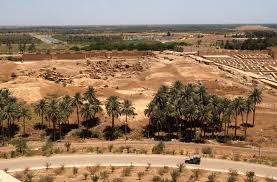
The Ancient City of Babylon
The ancient city of Babylon dates back to 2300 BC and served as a small administrative center before becoming an independent city. The ruins of the city are located in Baghdad, Iraq. The ruins have traces of several ruling dynasties. The city was once home to the Hanging Gardens of Babylon which was one of the Seven Wonders of the Ancient World.
The site has received most of its damage from two groups of people. The first was Saddam Hussein who commissioned a reconstruction project in the 1980s in an attempt to rebuild a replica of the palace of Nebuchadnezzar II above the ruins of the ancient palace. However the dictator despoiled the site by inscribing many of the bricks with “This was built by Saddam, son of Nebuchadnezzar, to glorify Iraq."
The second group is the U.S. Military which built a military base on the site following the invasion of Iraq in 2003. When criticized for their actions, a spokesman for the U.S. military claimed that they had discussed the settlement with the Babylon Museum. The army has since issued an apology but honestly that won’t bring back several centuries’ worth of history.
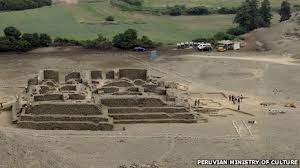
The El-Paraiso Pyramid Complex
The El-Paraiso Complex is one of the largest ancient pyramid complexes located in the Chillón Valley in Peru. The ancient site is comprised of several structures which covers 58 hectares of land. The site is believed to have played a role as a major center for the control and organization for the regions’ policies and economies.
In July 2013 an ancient temple, believed to be around 4000-5000 years old, which was part of the complex was completely destroyed during a weekend by two real estate companies. When asked why they destroyed the site they claimed that the pyramids are sitting on private property.
Luckily the Peruvian government didn’t let the unscrupulous land traffickers get way with such senseless destruction and pressed criminal charges against the two companies. Still even if justice is served the fact is that the world has lost a priceless piece of heritage that could have helped shed more light on the culture and history of the Pre-Colombian era.
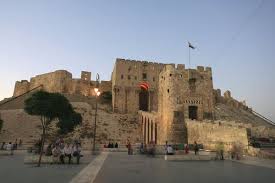
The Old City of Aleppo
The Old City of Aleppo is a designated UNESCO World Heritage Site and is believed to have been built between the 12th to the 16th century. The ruins of the site are now found in Syria and cover about 3.5 km2.
Syria has fallen into a civilized war and with this war much of the city has been destroyed by both rebel groups and government troops in what is now known as the Battle of Aleppo.
Among the casualties of the war is the Umayyad Mosque, a notable mosque which was founded in 715 by the Umayyad Dynasty. The mosque usually described as “one of the most beautiful mosques in the Muslim world” is centered in the Old City of Aleppo and was heavily damaged by fire as a result of gunfights in October, 2012.
The destruction is not only limited to Aleppo but Syria's historical past is being systematically destroyed through fighting, looting and pillaging of sites throughout the country. What was once a gateway into Syria’s culture and heritage is now just rubble and dirt.
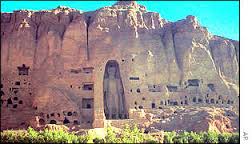
The Buddhas of Bamiyan
The Buddhas of Bamiyan were built between the 3rd and 5th century and is located in Afghanistan. The complex consists of three statues all of which were about 57 meters high and spaced about 4000 feet apart. It also consists of a series of 50 caves which served as a meditation ground for over 2000 monks.
In what is known as the “Bamiyan Massacre” the giant Buddhas of Bamiyan were completely obliterated by the Taliban after the Taliban leader, Mullah Mohammed Omar, issued an edict in March 2001 ordering the destruction of all non-Islamic images and other artifacts in the region. The 1,700 year old statues were brought down using tank fire, anti-crafts and dynamite.
The Taliban claimed the reason for destruction was in part due to the edict given and also after foreign delegation offered money for preservation of ancient works in the area while Afghans and their children were starving.
Honestly I can understand their anger but there are far less stupid ways of going about the situation and the Taliban should realize that they contributed as much, if not more, to the situation that Afghanistan is in.
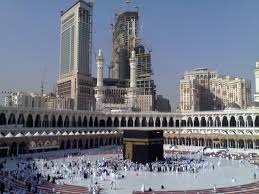
Saudi Arabia’s Archaeological and Holy Sites
Saudi Arabia has long been hostile towards the discipline of Archaeology and as such very few archaeologists are given access into the country. Recent discovery of nearly 2,000 ancient sites by David Kennedy, a professor at the University of Western Australia, using Google Earth has cast Saudi Arabia into the spotlight.
Currently there is an on-going destruction of ancient archaeological and holy sites, especially the homes, burial sites, mosques and any other locations related to Prophet Muhammad and early Islamic personalities.
Much of this hostility stems from texts in the Koran which forbids the worshipping of all Islamic and non-Islamic idols, sites, images and artifacts. And in trying to live up to the Islamic law authorities have increased the destruction of these sites.
Saudi Arabia is home to the holy cities of Medina and Mecca which attract millions of pilgrims every year. In an effort to be able to keep up with the demands of visiting and local pilgrims, Saudi Arabian authorities have embarked on a multi-billion dollar expansion project which has sparked the demolition of holy relics to pave way for the construction of apartments, hotels and parking lots
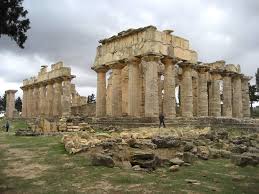
The Necropolis of Cyrene
The ancient city of Cyrene is a UNESCO World Heritage Site and is located in Libya and was built around 700 BC. It was the oldest, largest and most important of the five Greek cities, and also served as a Roman city. The city has earned the nickname the “Athens of Africa”.
A necropolis is a large tomb which was usually part of an ancient city. Part of the Cyrene necropolis was recently destroyed when local residents teamed up with developers and bulldozed the site to create room for shops and houses. The residents have no documents to prove they own the land but claim they traditionally own the land but failed to speak up out of fear of repercussions from Muammar Gaddafi.
The site has received considerable damage with the destruction occurring up to 2 kilometers into the site and the destruction of nearly 200 vaults and tombs and a section of the viaduct, which dates back to 200 AD. In addition to this artifacts were smashed to pieces while others were thrown into a nearby river.
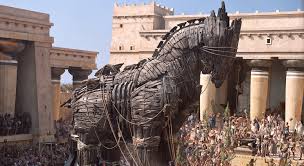
The Ancient City of Troy
Troy is one of the most documented archaeological sites in the world. This UNESCO world heritage site is located in Turkey and has a 4000 year old history which documents early development of European civilizations.
The site was first discovered in 1793 but was identified as Troy in 1820. The site consists of 9 cities which were built on top of each other, a citadel in the middle which is then surrounded by a town and a wall surrounding the town.
Heinrich Schliemann was a German adventurer who first visited the site in 1868 and started excavations in 1870. He did have some success and found treasures however the jewels he found belonged to Helen and the Troy he found was 1000 years older than the Troy he was looking for.
Schliemann’s eagerness, inexperience and lack of formal education in archaeology led him to using dynamite which caused permanent irreversible damage to the site. Later archaeologists continue to condemn and criticize him. It’s believed that he destroyed the main layers of the real Troy. In addition to this he also dug an enormous trench which archaeologists refer to as the “Schliemann Trench”.

